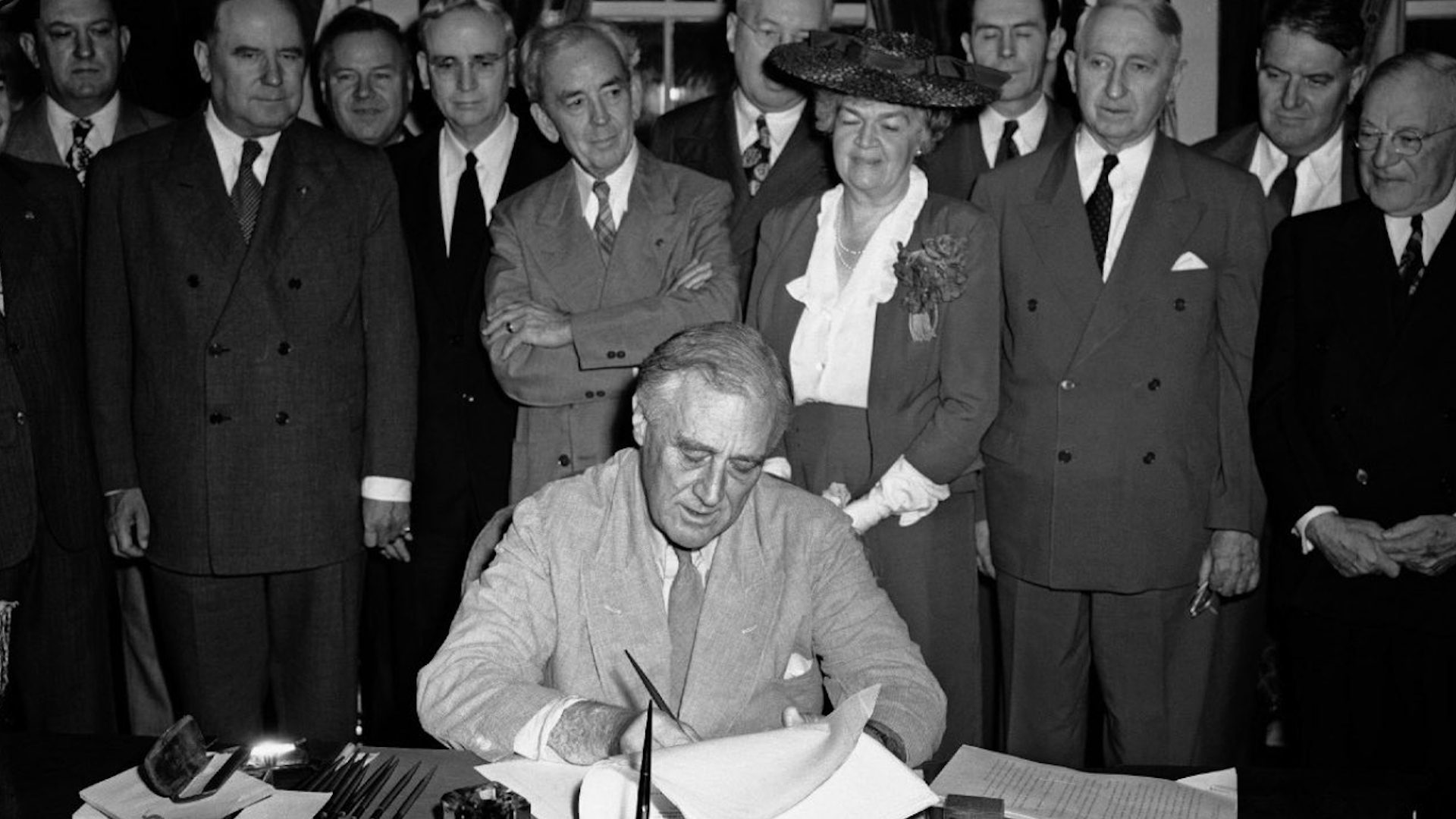
GI Bill: 80 years of law that brought veterans back to civilian life after service on the frontline

This month marks 80 years since US president Franklin D Roosevelt signed the Servicemen's Readjustment Act of 1944, or the GI Bill of Rights.
The act was signed on 22 June 1944 and ensured that US service personnel and their families would receive money to cover all or some of the costs for school or training.
Furthermore, the bill would help to ensure racial and gender disparities were overcome in the military.
During the Second World War, nearly 16 million American service personnel took part in the conflict.
Nearly 300,000 men died during the war while many returned home and experienced hardship.
The bill attempted to help veterans return to civilian life and empowered the Department of Veterans Affairs.
The document has helped soldiers transition back into their lives for the last eight decades.
First World War veteran and former Republican National Chairman Harry Colmery worked with the committee of legionnaires to create a law to assist veterans in their transition from military service.
He wrote the bill's original language that would eventually be sponsored by US Representative Edith Norse-Rogers, who would subsequently chair the House Committee on Veterans' Affairs.
By 1956, roughly eight million out of 16 million US Second World War veterans had used their GI Bill benefit for some kind of training.









